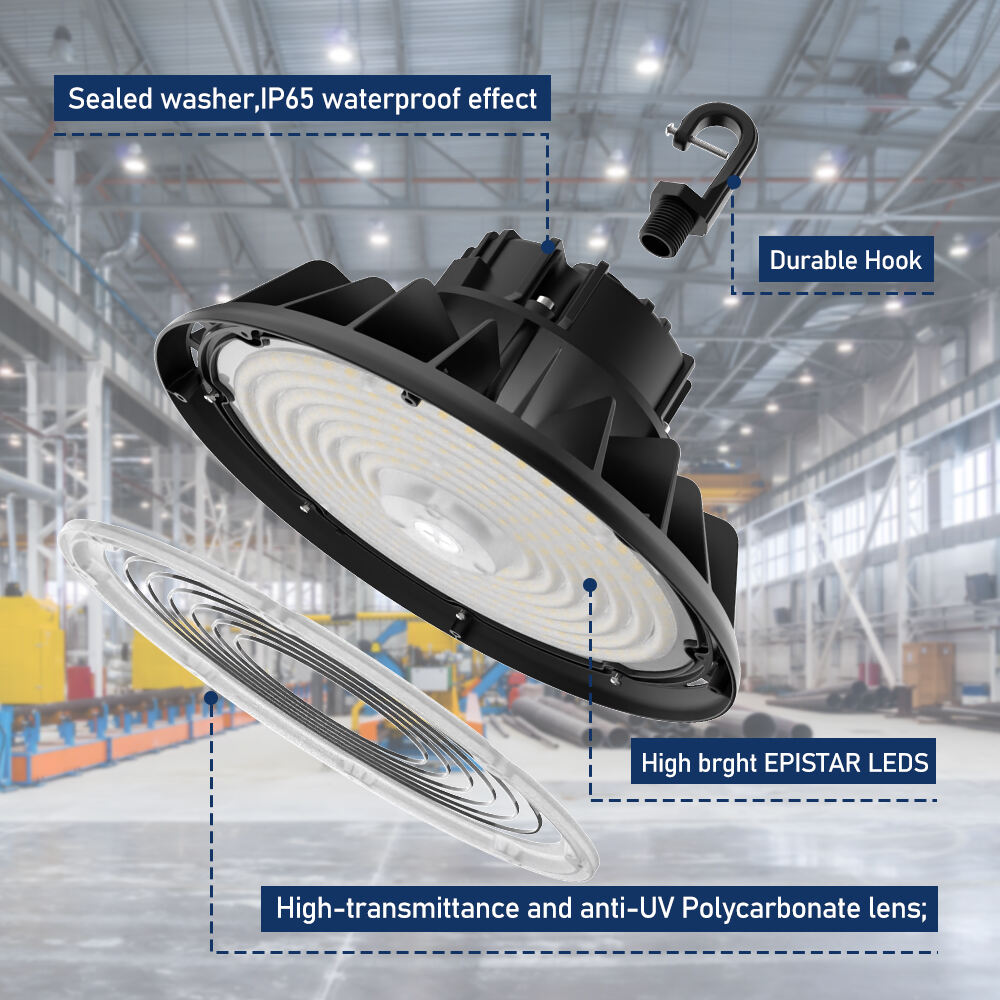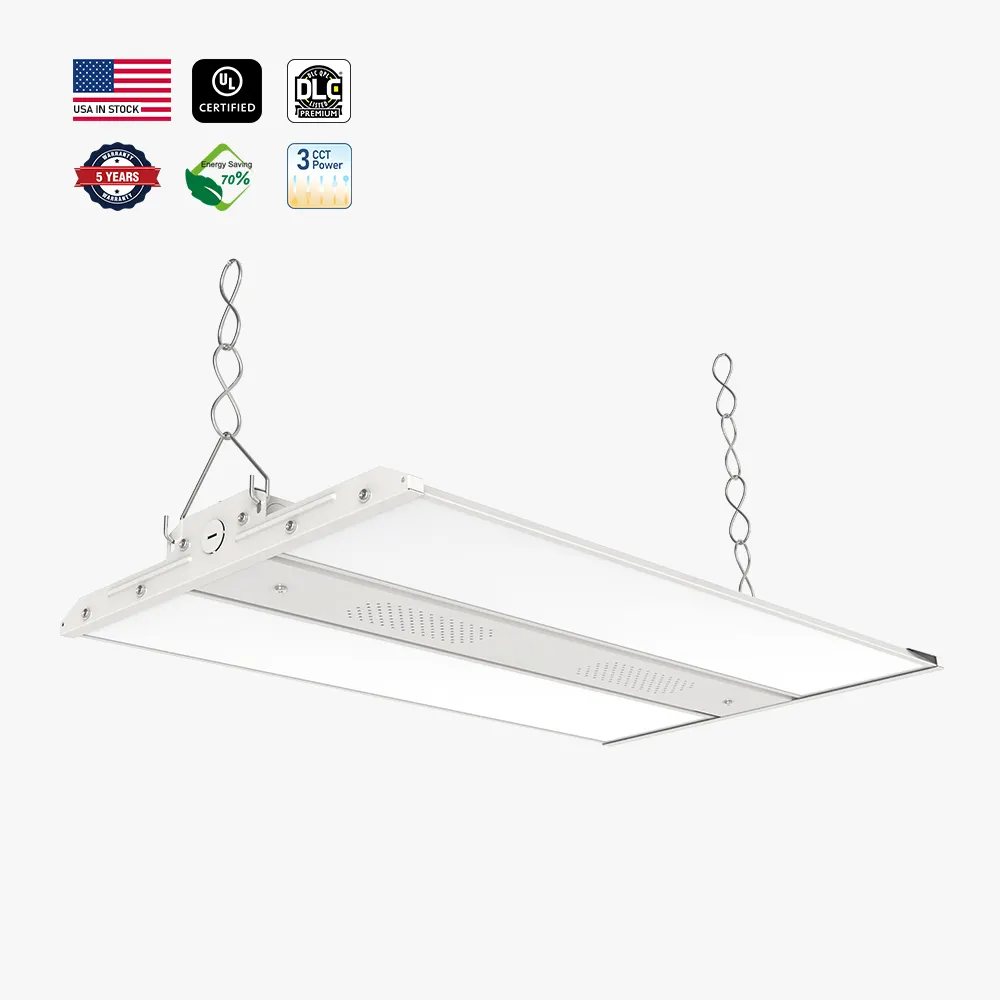Optimizing Industrial Illumination for Challenging Conditions
In the demanding world of industrial operations, lighting plays a crucial role in ensuring safety, productivity, and operational efficiency. LED industrial lighting has revolutionized how facilities illuminate their harshest environments, from chemical processing plants to offshore oil rigs. Understanding which lighting solutions work best in these challenging conditions is essential for facility managers and industrial planners looking to make informed decisions about their lighting infrastructure.
The evolution of LED industrial lighting technology has made it possible to overcome traditional lighting challenges in extreme environments. These modern solutions offer unprecedented durability, energy efficiency, and performance reliability in conditions where conventional lighting systems often fail. Let's explore the most effective LED lighting solutions for various harsh industrial settings and understand what makes them superior choices.
Essential Features of Harsh Environment LED Lighting
Protection Ratings and Durability Standards
When selecting LED industrial lighting for harsh environments, protection ratings are paramount. The Ingress Protection (IP) rating system indicates how well the fixture resists dust and water penetration. For harsh industrial settings, fixtures with IP65 to IP69K ratings are typically required. IP65 provides protection against dust and water jets, while IP69K offers the highest level of protection, capable of withstanding high-pressure and high-temperature wash-down procedures.
Beyond IP ratings, industrial LED fixtures must meet specific durability standards. This includes impact resistance ratings (IK ratings), corrosion resistance certifications, and temperature tolerance specifications. Quality LED industrial lighting should maintain performance integrity in temperatures ranging from -40°C to +65°C or beyond, depending on the specific application requirements.
Material Construction and Design Elements
The materials used in LED industrial lighting construction directly impact their longevity in harsh environments. Marine-grade aluminum housings, stainless steel hardware, and specialized thermal management systems are essential components. These materials provide superior resistance to corrosive elements, extreme temperatures, and mechanical stress.
Advanced design elements such as sealed optics, protected driver compartments, and pressure equalization vents help maintain fixture integrity. Modern LED industrial lighting incorporates these features while ensuring optimal light distribution and minimal maintenance requirements. The best designs also consider ease of installation and serviceability without compromising protection levels.
Application-Specific Lighting Solutions
Chemical and Hazardous Locations
Chemical processing facilities and hazardous locations require specialized LED industrial lighting that meets strict safety standards. Explosion-proof LED fixtures with appropriate Class, Division, and Group ratings are essential. These fixtures feature sealed designs that prevent internal sparks from igniting external volatile atmospheres while delivering reliable illumination.
The best LED solutions for chemical environments incorporate chemical-resistant materials and specialized coatings that protect against corrosive substances. They must maintain their structural integrity and optical performance even when exposed to harsh chemicals, acids, and cleaning agents commonly present in these environments.
High-Temperature Processing Areas
In areas with elevated temperatures, such as steel mills or glass manufacturing facilities, LED industrial lighting must overcome significant thermal challenges. Advanced thermal management systems, including specialized heat sinks and active cooling technologies, help maintain optimal operating temperatures and extend fixture lifespan.
High-temperature rated LED drivers and components ensure consistent performance even in extreme heat. The best fixtures for these environments often incorporate additional protective features such as thermal sensors and automatic dimming capabilities to prevent overheating and ensure long-term reliability.
Performance Considerations in Extreme Conditions
Light Output and Distribution
Maintaining consistent light output in harsh environments requires sophisticated optical design. Quality LED industrial lighting solutions utilize precision-engineered optics that optimize light distribution while minimizing glare and light pollution. Advanced lens designs help maintain light levels even when operating in dusty or dirty conditions.
The best fixtures offer multiple beam angle options and customizable light distribution patterns to suit specific application requirements. This flexibility ensures optimal illumination for different mounting heights and area configurations while maximizing energy efficiency.

Energy Efficiency and Maintenance
While durability is crucial, energy efficiency remains a key consideration for industrial LED lighting. Modern fixtures achieve impressive efficacy ratings exceeding 160 lumens per watt while maintaining their robust construction. This efficiency translates to significant energy savings and reduced operating costs over time.
Maintenance considerations are equally important in harsh environments. The best LED industrial lighting solutions feature modular designs that facilitate component replacement when necessary, though quality fixtures often boast operational lifespans of 100,000 hours or more under proper conditions.
Frequently Asked Questions
How long do industrial LED lights typically last in harsh environments?
Quality LED industrial lighting fixtures designed for harsh environments typically maintain their performance for 100,000 operating hours or more when properly specified and installed. However, actual lifespan can vary based on specific environmental conditions and usage patterns. Regular maintenance and appropriate specification for the environment are key factors in maximizing fixture longevity.
What makes LED lighting superior to traditional lighting in industrial settings?
LED industrial lighting offers numerous advantages including higher energy efficiency, longer lifespan, better durability, instant-on capability, and superior light quality. LEDs also perform better in cold temperatures, provide more consistent illumination, and require less maintenance than traditional lighting technologies.
How important are certifications for industrial LED lighting?
Certifications are crucial for LED industrial lighting in harsh environments. They verify that fixtures meet required safety standards and performance specifications. Key certifications include UL listings, IP ratings, and hazardous location classifications. These certifications ensure the lighting is appropriate and safe for specific industrial applications and environmental conditions.





